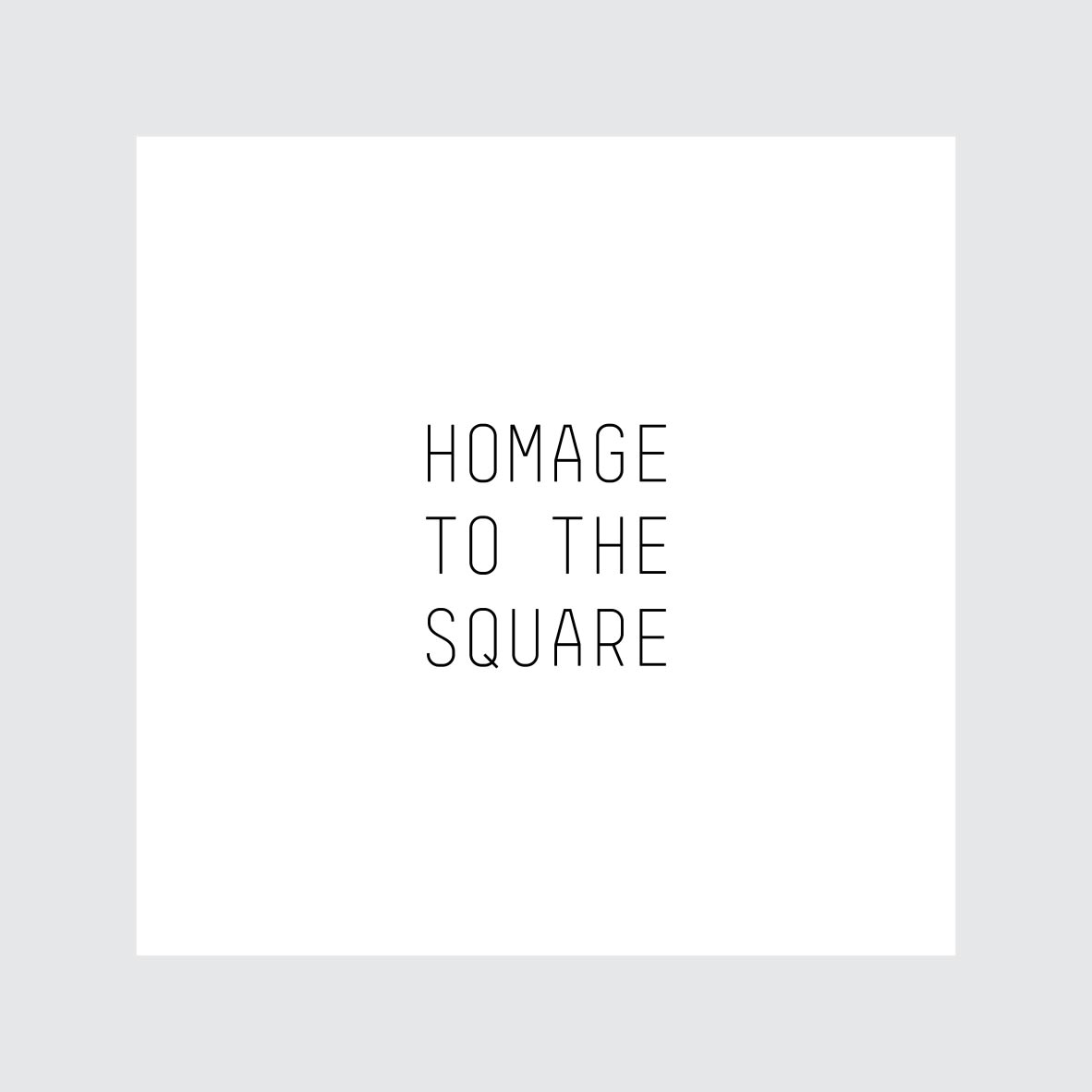Robert Mangold American, 1937
Robert Mangold is an American artist known for his contribution to Minimalism and his focus on the fundamentals of formal construction in painting, sculpture, and drawing. His shaped panel paintings use subtle modulations of color and precise graphite lines to confront the viewer with a difficult, yet meditative experience. “My belief about painting is that it’s the most difficult art to grasp,” Mangold once told BOMB magazine. “And abstract painting makes it even more difficult, because the person walking in off the street doesn’t have a place to grab hold of…if you come into a room where there’s an installation or a sculpture, you know to walk around it, it exists in your space with you; there’s no way to kill time in front of a painting.” Born on October 12, 1937 in North Tonawanda, NY, he went on to study first at the Cleveland Institute of Art, then the Yale School of Art where he received his MFA in 1963.
Mangold’s work can be found in the collections of the Art Institute of Chicago, the Solomon R. Guggenheim Museum in New York, the Los Angeles County Museum of Art, the Tate Gallery in London, and the Kunstmuseum Basel, among others. He lives and works in New York with his wife and fellow painter Sylvia Plimack Mangold.
Robert Mangold was born in 1937 and spent his youth in Buffalo, New York. In 1956 he enrolled in the illustration department of the Cleveland Institute of Art. Within a year, he had transferred to the fine-arts division of the school in order to pursue an education in painting, sculpture, and drawing. While studying at the institute in 1957, Mangold traveled to see the Carnegie International in Pittsburgh, where he gained exposure to the work of a wide variety of Abstract Expressionist painters, including Willem de Kooning, Adolph Gottlieb, Franz Kline, and Jackson Pollock. That same year, he attended a major exhibition of Clyfford Still’s paintings at the Albright-Knox Art Gallery in Buffalo. Subsequently, Mangold’s painting reflected an interest in Abstract Expressionism as well as in the work of Alberto Burri and Antonio Tàpies. He began producing large-scale abstract paintings, moving away from an earlier interest in naturalism.
After graduating in 1959, he was awarded a fellowship to attend the Yale Summer School of Music and Art, Norfolk, Connecticut, and in the fall of 1960 he entered the graduate program at the Yale University School of Art and Architecture, New Haven. There, he experimented with a variety of stylistic idioms. His classmates included Nancy Graves, Brice Marden, and Richard Serra. He married fellow art student Sylvia Plimack in 1961, and they moved to New York upon the completion of his MFA in 1962. He took a position as a guard at the Museum of Modern Art, moving after a few months to an assistant’s position in the museum’s library. At the museum, he met a number of artists also working as guards there, including Robert Ryman and Sol LeWitt.
By 1964 Mangold had moved into his signature Minimalist painting style. His first solo exhibition, entitled Walls and Areas, was held at the Fischbach Gallery in 1965. The exhibition consisted of large paintings on Masonite and plywood; some works were painted thickly to approximate sections of wall, while others were sprayed to produce lighter effects. From 1964 through 1973, Mangold was affiliated with Thibaut and Fischbach galleries in New York and had numerous exhibitions in European galleries. In 1965–66, the Jewish Museum, New York, mounted the first major exhibition of Minimalist painting, which included Mangold’s work. Mangold became an instructor in the fine-arts department of the School of Visual Arts, New York, in the mid-1960s. His second solo exhibition held at Fischbach Gallery in 1967 featured his experiments with sections of circles on board and Masonite.
In 1968 Mangold began employing acrylic instead of oil paint, rolling rather than spraying it on Masonite or plywood grounds. Within the year, he moved from these more industrially oriented supports to canvas. He received a fellowship from the John Simon Guggenheim Memorial Foundation in 1969, with which he and Plimack built a home in the Catskills. They lived there through the mid-1970s, at which time they moved to Washingtonville, New York, where they still reside. In 1970 Mangold began working with shaped canvases and within the year began brushing rather than spraying paint onto canvas. He became affiliated with John Weber Gallery in 1972, with Paula Cooper Gallery in 1984, and with Pace Gallery in 1991. Major museum exhibitions of his work have been held at the Solomon R. Guggenheim Museum in New York (1971), the Museum of Contemporary Art in San Diego (1974), the Stedelijk Museum in Amsterdam (1982), Hallen für Neue Kunst in Schaffhausen (1993), and Musée D’Orsay in Paris (2006).





